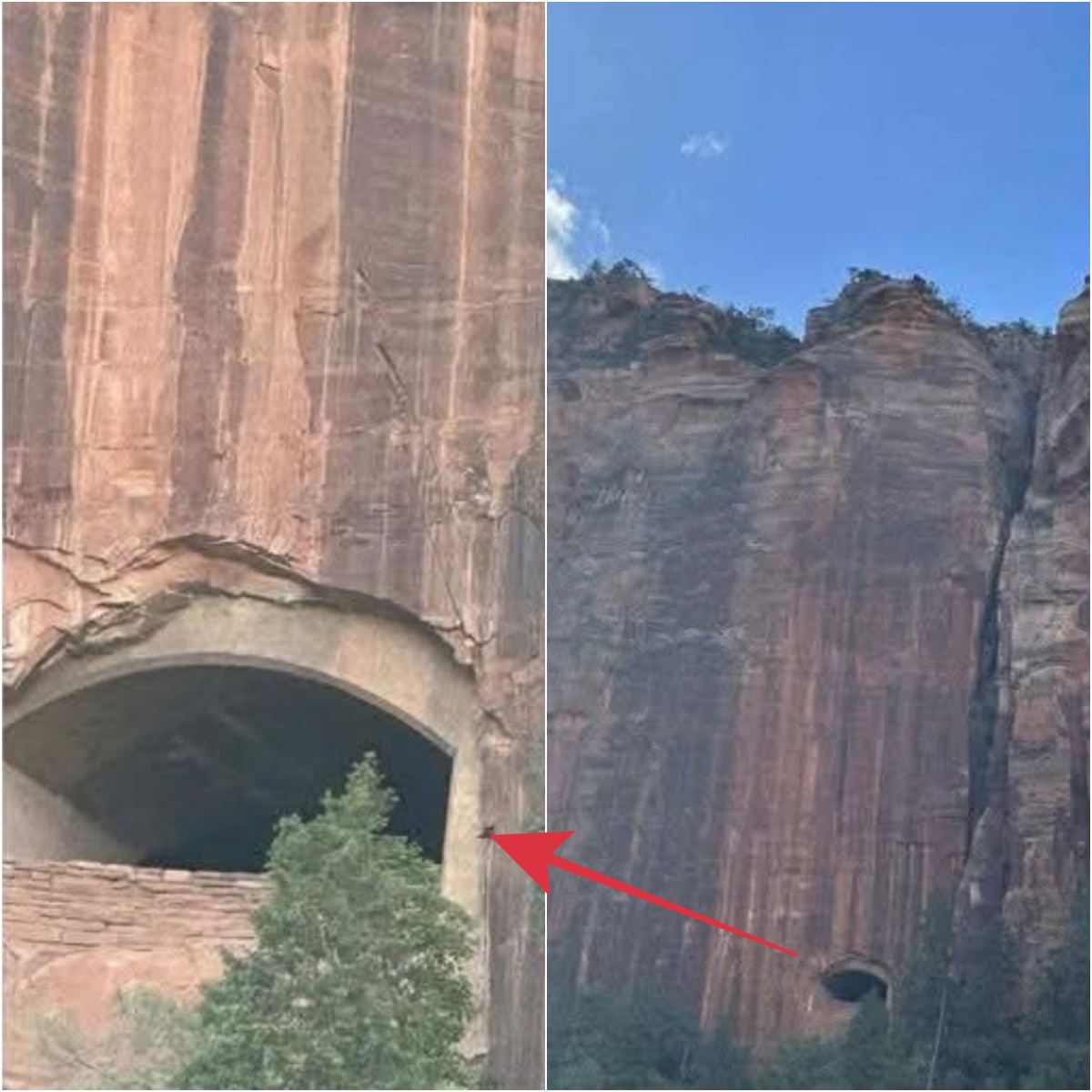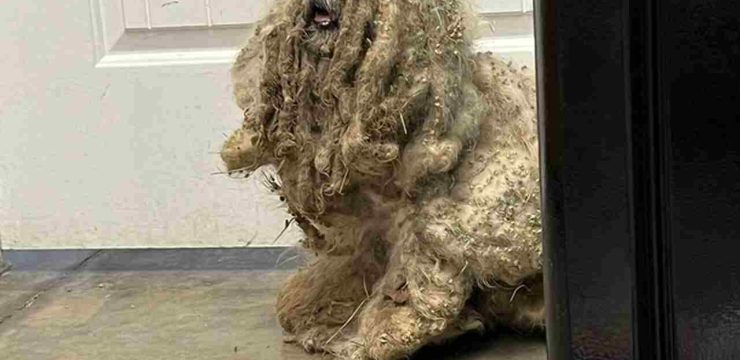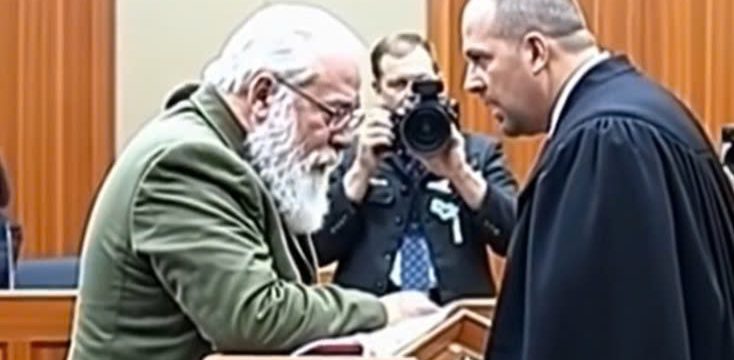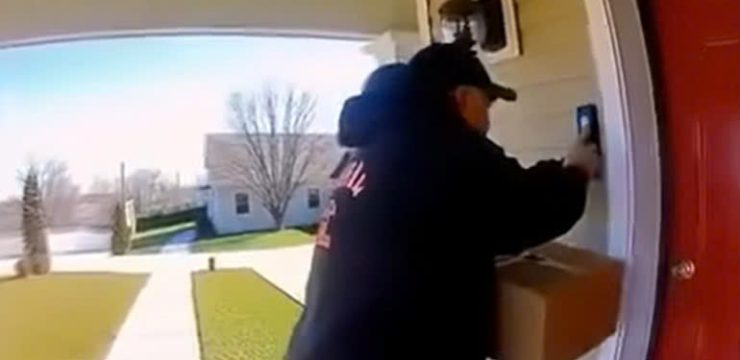A mysterious image captured in the remote Utah desert has ignited a storm of speculation online, sparking debates about whether it depicts a secret military base entrance or something far less sinister. Shared by the account @UtahMystery on X, the platform formerly known as Twitter, the photo shows a shadowy opening carved into a rugged mesa, resembling a tunnel or doorway that seems out of place in the natural landscape.

Within hours, the image had amassed over 1.8 million views, triggering theories ranging from a covert Dugway Proving Ground access point to nothing more than a natural cave or abandoned mine. The site in question lies roughly 100 miles southwest of Salt Lake City, within the Great Salt Lake Desert, an area already steeped in lore because of Dugway, an 800,000-acre Army facility notorious for its secretive weapons testing and history of controversial experiments. While some users, like @ConspiracyNut, insisted it was a military tunnel linked to classified projects, others, including @NatureLoverUT, argued the opening looked like a natural formation, with polls showing a nearly even split between believers in a military explanation and those convinced it was geological or civilian in origin.
The debate has been fueled in part by Dugway’s long history of secrecy. Established in 1942, the facility is roughly the size of Rhode Island and is used for chemical, biological, radiological, and explosive testing. Its controversial record includes the infamous 1968 incident in which VX nerve gas drifted into Skull Valley, killing over 6,000 sheep and prompting a $1 million compensation settlement. Dugway also houses simulated underground environments for defense testing, which has only encouraged speculation about tunnels and hidden entrances. Conspiracy theorists often refer to it as the “new Area 51,” pointing to restricted airspace, heavy security, and barbed wire signs warning of deadly force.
Though experts say it is more likely a natural cave, some online commentators argue there’s at least a slim chance the image captures something deliberately concealed. Underground military bases have long been a staple of conspiracy culture, their supposed existence amplified by films, video games, and urban legends. In Utah, rumors of tunnel systems connecting Dugway to places like Skinwalker Ranch, over 200 miles away, have persisted for decades, despite little physical evidence.
Claims of nuclear-powered drills carving glass-lined tunnels have circulated online, though logistical and engineering challenges make such feats improbable without detection. Historical records confirm Dugway conducted hundreds of hazardous tests in the mid-20th century, but no evidence has ever emerged of sprawling underground complexes. Skeptics argue that constructing and concealing such vast networks in a heavily monitored landscape would be nearly impossible, with one analysis giving only a 15% chance of an elaborate underground facility existing beneath Dugway.
At the same time, Utah’s rugged landscape provides many non-military explanations. The state’s desert and mountainous terrain is riddled with natural caves, abandoned mining tunnels, and geological formations that could easily be mistaken for something man-made. Drone footage has debunked similar viral images in the past, showing entrances to abandoned uranium mines or century-old tunnels carved for transport. Given Utah’s mining history, some geologists believe the opening in the viral photo could be the remnant of such operations, pointing out that there were extensive civilian extractions in the Great Salt Lake Desert long before Dugway expanded.
A ClutchPoints poll mirrored this reasoning, showing nearly half of respondents believed the image more likely depicted a mine or cave rather than a secret government entrance. Nevertheless, social media has amplified the intrigue to global proportions. Hashtags like #UtahMystery have garnered millions of mentions, with some users claiming the entrance is tied to alien technology while others dismissed it as hype. The back-and-forth reflects how ambiguous visuals can evolve into cultural phenomena, similar to how Area 51 became synonymous with UFO lore despite later revelations that it was used for stealth aircraft testing.
Industry observers note that in the age of instant sharing, even a single photograph can inspire worldwide narratives, often blurring the line between fact and fantasy. Utah’s extensive military presence adds fuel to the fire. Beyond Dugway, the state hosts Hill Air Force Base, Tooele Army Depot, and the Utah Test and Training Range, which together cover vast stretches of land and airspace. The 2014 anthrax mishap at Dugway, where live spores were mistakenly shipped nationwide, deepened public distrust and demonstrated that secrecy can indeed conceal serious risks.
The NSA’s massive data center in Bluffdale has also reinforced the image of Utah as a hub for hidden operations. While secrecy and history lend weight to conspiracy theories, practical considerations suggest caution. A genuine covert entrance would require security infrastructure, surveillance equipment, or signs of use, none of which appear in the photo. Moreover, satellite monitoring and the scrutiny of local residents and UFO watchers make the existence of unguarded, large-scale tunnels unlikely. Analysts estimate an 80% chance the opening is natural or linked to historical mining, and only about 10% that it is a deliberate military construct. Ultimately, the Utah mystery taps into a broader cultural fascination with hidden bases and government secrecy.
From Cheyenne Mountain’s real underground command center to Area 51’s once-classified stealth programs, Americans have long been captivated by the possibility that secrets lie beneath remote landscapes. While the truth about the Utah opening is most likely mundane, the viral photo underscores how quickly speculation can spiral into conspiracy, fueled by distrust, history, and the human appetite for mystery. Whether a cave, a mine, or something more, the debate reveals less about geology and more about our collective imagination.





